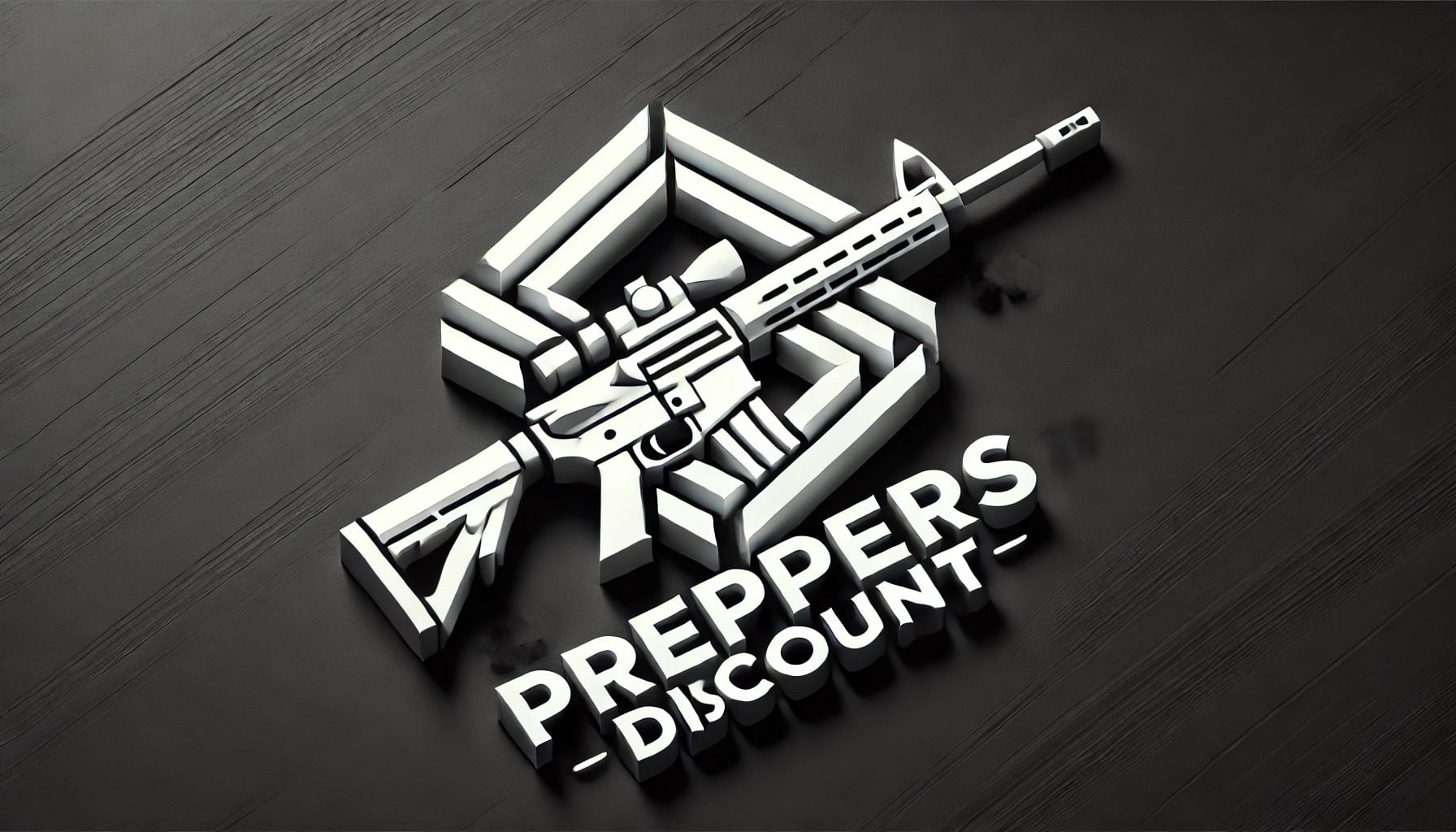Understanding Solvent Trap Legality
Solvent traps are popular tools for firearm maintenance, but it’s crucial to understand the legal boundaries that govern their use. While solvent traps are legal for their intended purpose—capturing cleaning solvents—certain modifications can render them illegal under federal law. This guide will help you navigate the do’s and don’ts to ensure you stay within legal limits.

It’s important to remember that solvent traps are designed for a specific purpose. Altering them in any way that changes their function can lead to serious legal consequences, including potential violations of the National Firearms Act (NFA).
Modifications That Make Solvent Traps Illegal
Here are some of the modifications that can make a solvent trap illegal:
- Drilling or Modifying the End Cap: Solvent traps often have solid end caps to contain the cleaning solvent. Drilling holes or making any modifications to the end cap can transform a solvent trap into a suppressor, which requires an NFA tax stamp to be legal.
- Installing Baffles or Other Suppressor Components: Adding internal components like baffles, spacers, or anything that mimics a suppressor’s design is illegal without proper ATF approval. These modifications can turn a solvent trap into an illegal firearm accessory.
- Attaching to a Firearm for Use as a Suppressor: A solvent trap should never be attached to a firearm for the purpose of reducing sound (i.e., as a suppressor). Doing so without the necessary legal approvals is a violation of federal law.
- Modifying the Solvent Trap to Accept Suppressor Parts: Altering the threads or interior of a solvent trap to accept suppressor parts is a clear violation of the law. This includes any modifications that make the solvent trap function as anything other than a cleaning aid.

To stay compliant, always use your solvent trap as intended and avoid making any changes that could be interpreted as an attempt to create a suppressor without proper ATF approval.
Legal Alternatives and Best Practices
While modifying a solvent trap can lead to legal issues, there are safe and legal alternatives that allow you to enjoy the benefits of sound suppression legally:
- Purchase an ATF-Approved Suppressor: If you’re interested in reducing sound, the best course of action is to purchase a suppressor through the proper legal channels. This includes obtaining an NFA tax stamp and following all ATF regulations.
- Follow Manufacturer Instructions: Always use your solvent trap according to the manufacturer’s instructions. This ensures that you’re using the product safely and legally.
- Stay Informed: Gun laws and regulations can change. Keep yourself informed about the latest legal guidelines to avoid any unintentional violations.

At Preppers Products, we are committed to providing high-quality, compliant solvent traps and accessories that help you maintain your firearms safely and legally.
Final Thoughts: Stay Compliant, Stay Safe
Understanding the legal boundaries of solvent trap use is essential for every firearm owner. By following the guidelines outlined in this page, you can ensure that you’re using your solvent trap legally and effectively. Remember, the key to compliance is to always use solvent traps for their intended purpose—capturing cleaning solvents—and to avoid any modifications that could make them illegal.
If you have any questions about solvent trap legality or need assistance choosing the right product, don’t hesitate to contact us. We’re here to help you make informed decisions and keep your firearm maintenance practices compliant with the law.

